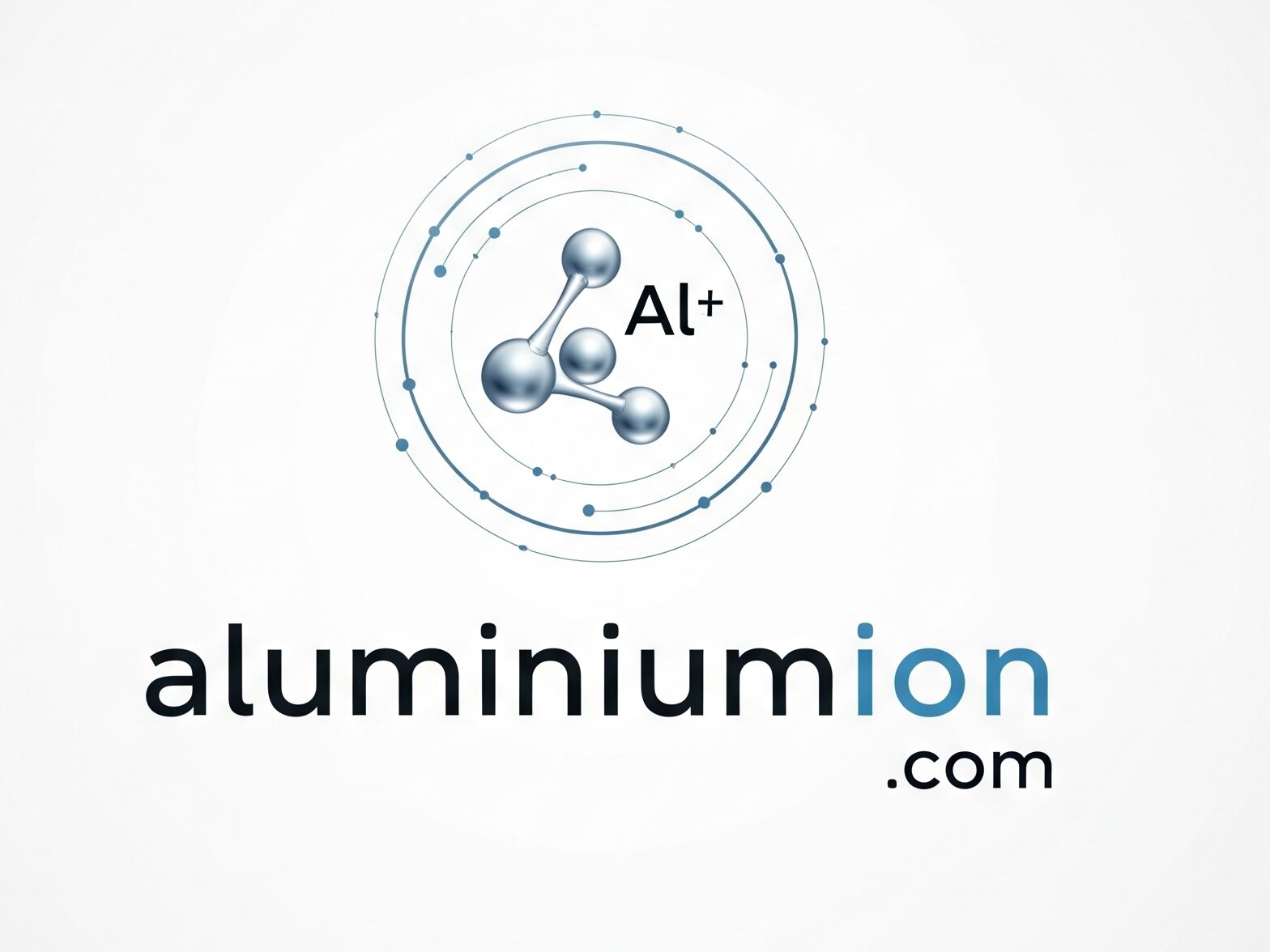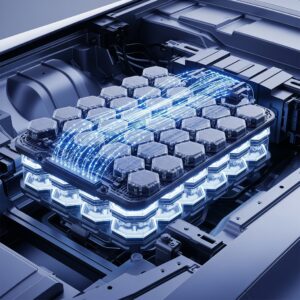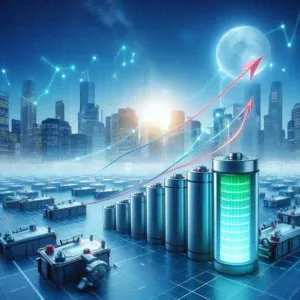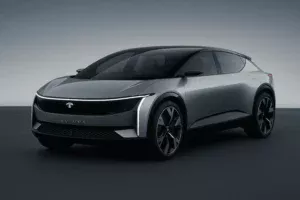
The Hidden Cost of Your Phone Battery
Most consumers don’t realize producing 1 ton of lithium requires:
- 500,000 gallons of water (draining arid regions)
- 15 tons of CO2 emissions
- 3 sq km of land degradation
Aluminium-ion batteries offer a cleaner alternative:
♻️ Uses 80% recycled material (vs 5% for lithium)
💧 Zero water-intensive mining
🌎 1/10th the carbon footprint
(Stat source: USGS 2023 Mineral Report)
Section 1: Environmental Impact Breakdown
1.1 Lithium’s Water Crisis

- Chile’s Atacama Desert: Mining consumes 65% of local water
- Result: Indigenous communities displaced, ecosystems collapsed
1.2 Aluminium’s Circular Economy
- 75% of all aluminium ever produced is still in use (IAI 2024)
- Recycling requires 95% less energy than primary production
(Data table idea: Compare lifecycle impacts of Li-ion vs Al-ion batteries)
Section 2: The Ethical Battery Revolution
2.1 Conflict Minerals vs. Abundant Aluminium
- Lithium: Geopolitically concentrated (China controls 60% refining)
- Aluminium: Mined in 40+ countries (stable supply chains)
2.2 Startups Leading the Change
- EcoAl-ion (Germany): 100% recycled aluminium batteries
- Terral-ion (Canada): Solar-powered battery production
Section 3: What You Can Do
3.1 For Consumers
- Demand aluminium-ion options from device makers
- Recycle old batteries at Call2Recycle.org (affiliate link opportunity)
3.2 For Investors
- Track green metal ETFs (e.g., LIT vs. new Al-focused funds)
- Support battery recycling startups (link to your investment guide)





